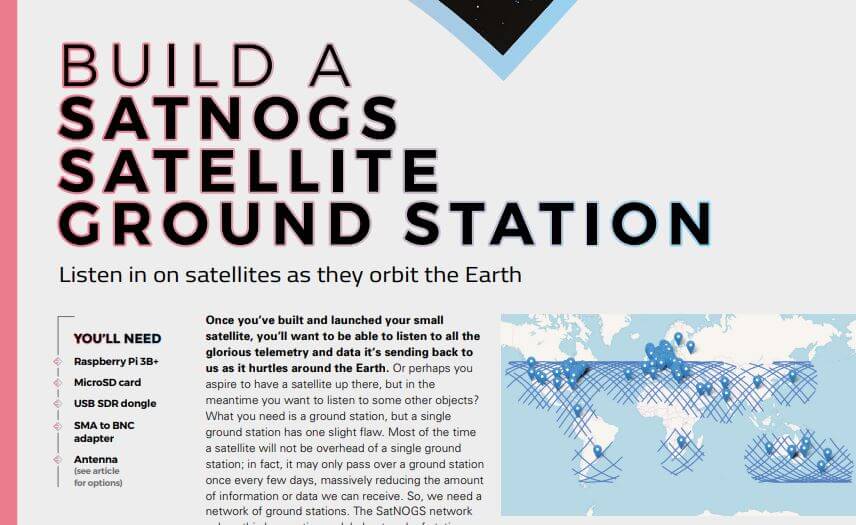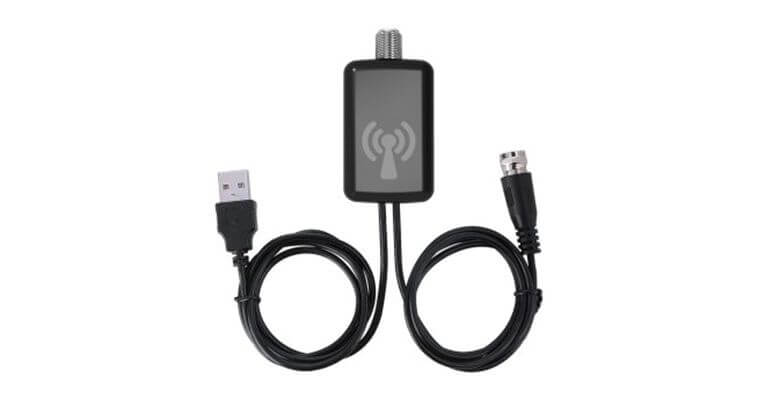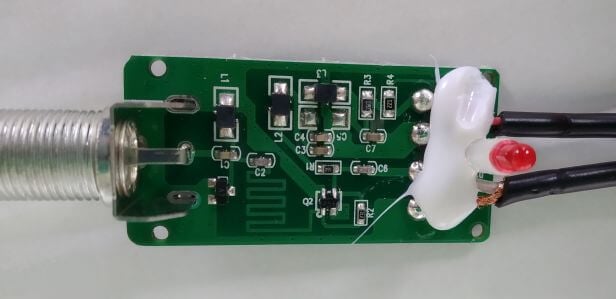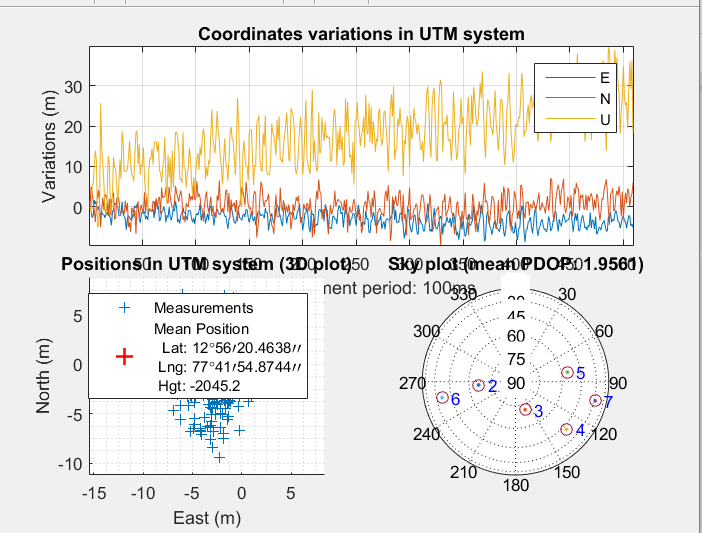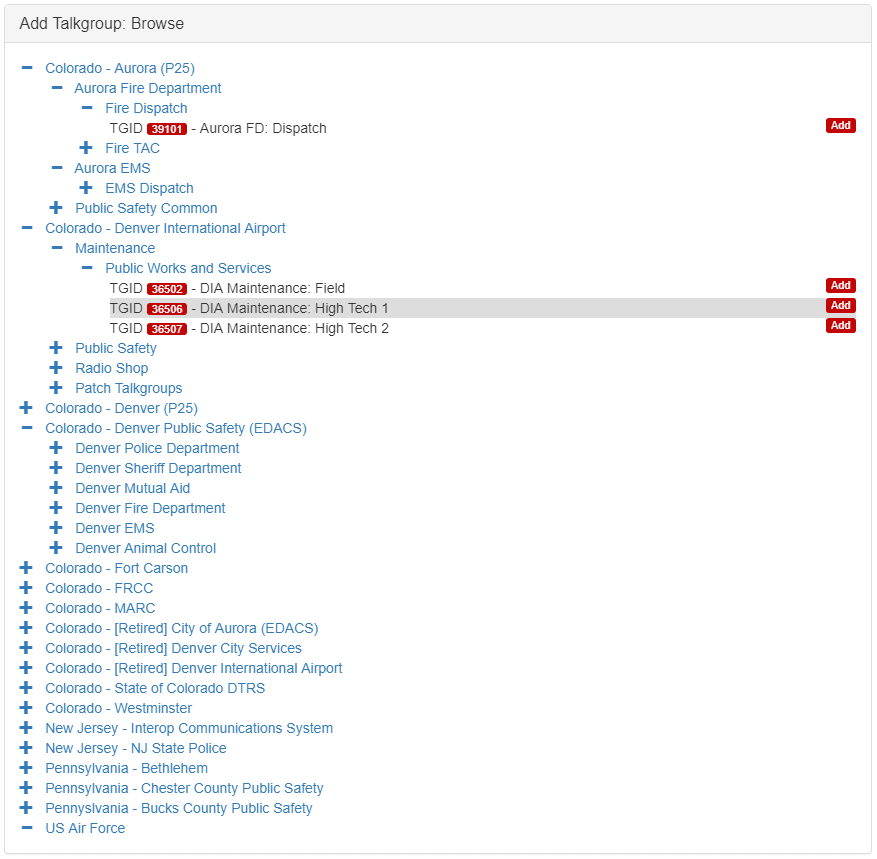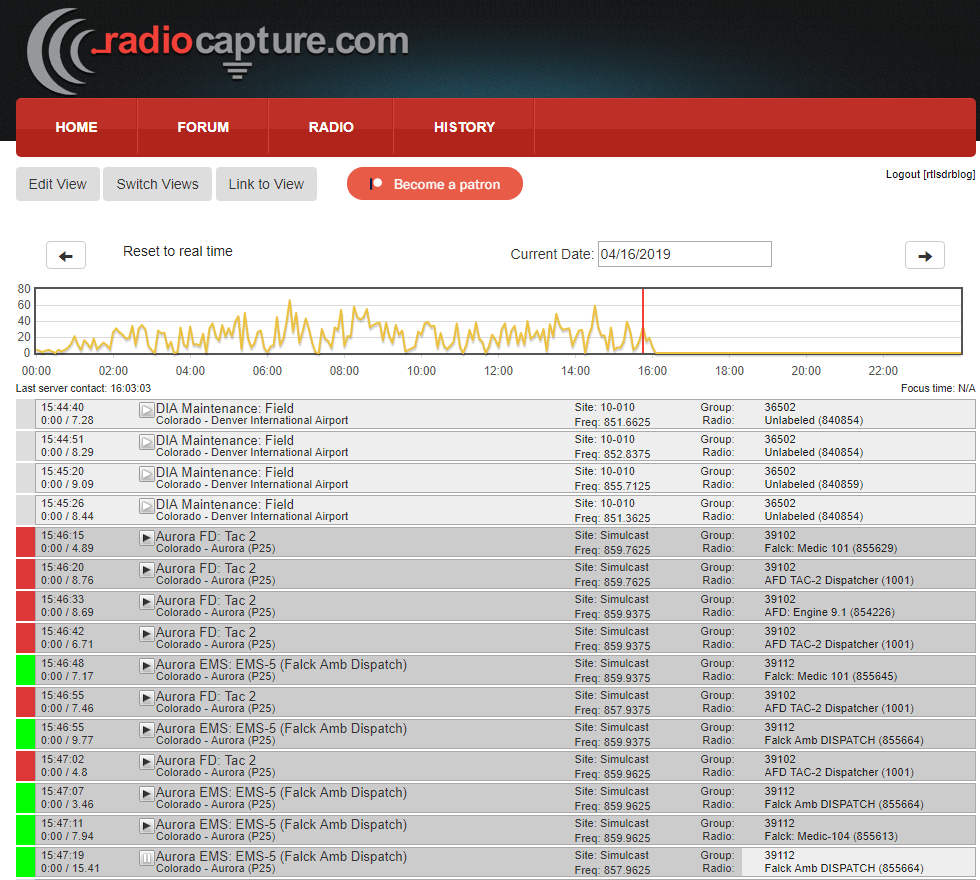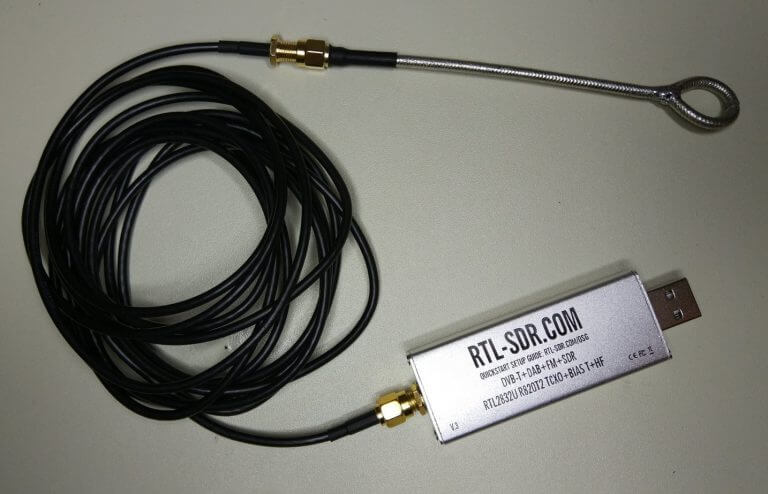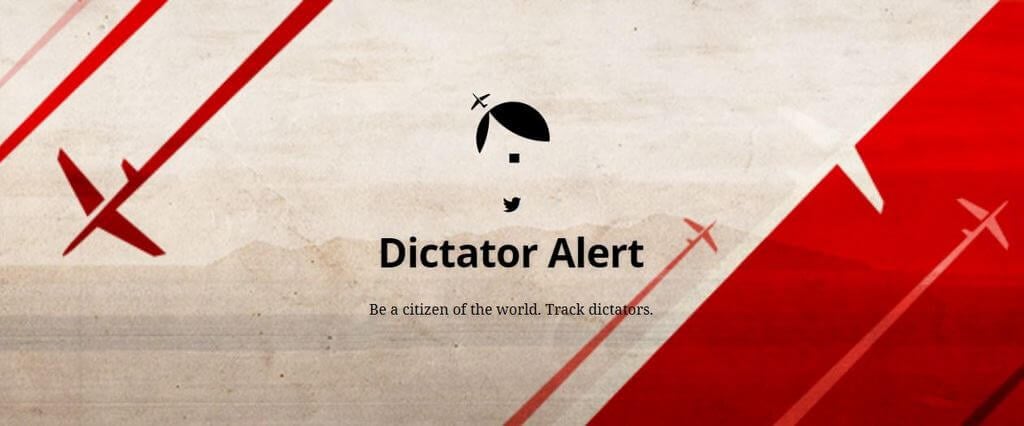Scanner School Podcast Talks SDR Topics with Signals Everywhere Host
Recently Scanner School released episode 70 of their podcast, and on this episode they talk about various SDR topics with Corrosive from the Signals Everywhere YouTube channel. If you follow out blog, you'll know that Corrosive is a YouTuber that is consistently putting out high quality YouTube videos on a range of SDR and other radio related topics.
Scanner School is an online workshop that aims to help you get setup with an RTL-SDR based DMR/NXDN/P25 trunking system in four classes. They also have a weekly podcast. The description of this weeks podcast with Corrosive reads:
Corrosive has been working on his YouTube channel for about 4 years, and has a ton of videos on the SDR topic. If there is something that I am looking a trying when it comes to SDR, the first place I look is on Corrosive's channel.
Today we talk about some advanced SDR topics, both for receiving and transmitting.
While we talk about the more advanced topics of SDR today, I know we all have to start somewhere. If you are looking for online training to help you get started with SDR, check out our new Intro to SDR Workshop. This course will guide you though purchasing an excellent and affordable SDR to get started with.
Additionally, we will turn this SDR into a DMR, P25, and NXDN trunked receiver that can do more than your expensive scanner.

